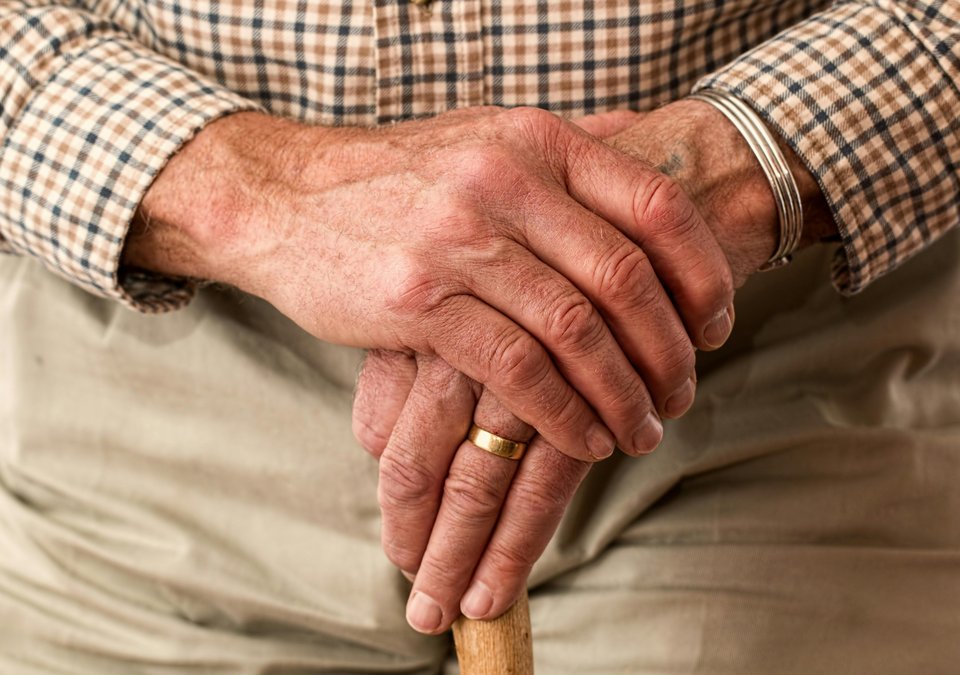Can my surviving partner continue living in the property after I die?
The short is yes, they can, but you’ll want to check before taking out the policy. Most applications ask you to select whether it’s an individual plan or a joint plan — if your partner lives in the home with you, then you should select a joint plan. In doing so, you’ll guarantee that your partner can continue living in the property until they die (or until they sell up and move into a care home).
Note that it may be possible for your partner to downsize (should they wish) to a smaller property without having to repay the equity release plan, provided the property they move to is appropriate for the plan you’ve taken out.
Joint and individual equity release plans on death
As we mentioned above, there are two options when taking out an equity release plan. You can take out a joint plan, in which a couple living in the same property are both included in the plan or you can opt for an individual plan.
These processes work slightly differently. Let’s take a look at a couple of different scenarios.
Joint plans: what happens when one plan holder dies?
If one equity release plan holder dies, then the remaining plan holder will usually get in touch with the provider to inform them of the death. However, it doesn’t necessarily need to be them — a family member or friend can also do it.
The original copy of the death certificate will need to be sent to the lender, who will then send it back. The remaining plan holder can continue living in the property until they die or until they sell the home.
Joint plans: what happens when both plan holders have died?
After the last plan holder has died, the executors of the estate will get in touch with the equity release lender, who will ask for the probate document and death certificate to be sent to them. From there, the executor of the estate will usually have one year to repay the balance, either by selling the home or using other assets.
Single plans: what happens after death?
The process for managing individual plans after death is the same as what happens after the last plan holder of a joint plan has died. The executor of the estate will liaise with the lender to validate the death certificate and organise the repayment of the plan.
Moving into long-term care with an equity release plan
Equity release plans are repaid when all plan holders have left the property. While that normally happens upon death, it’s not always the case. If you move into long-term care, then the property will be sold in order for the lender to get their money.
Note that plans remain intact if it’s a joint plan and only one of the plan holders moves out. The important thing to remember is that the plan will be repaid when none of the plan holders remain in the property.








